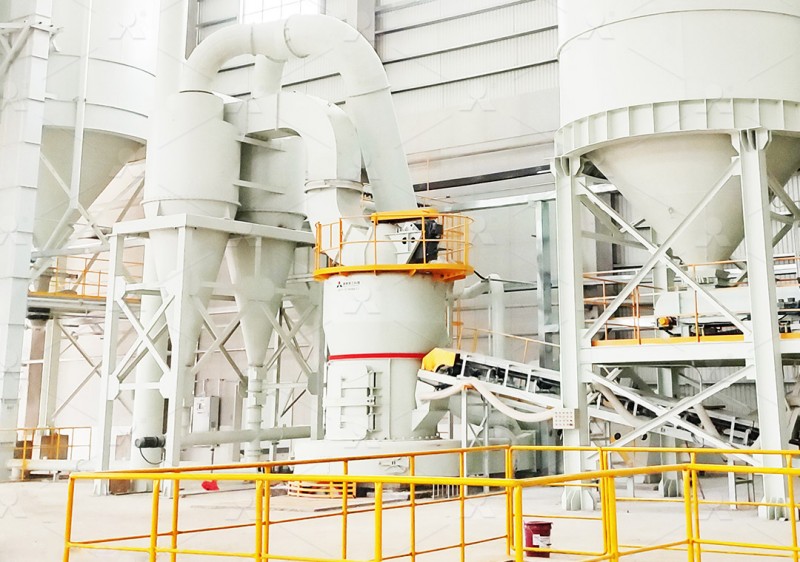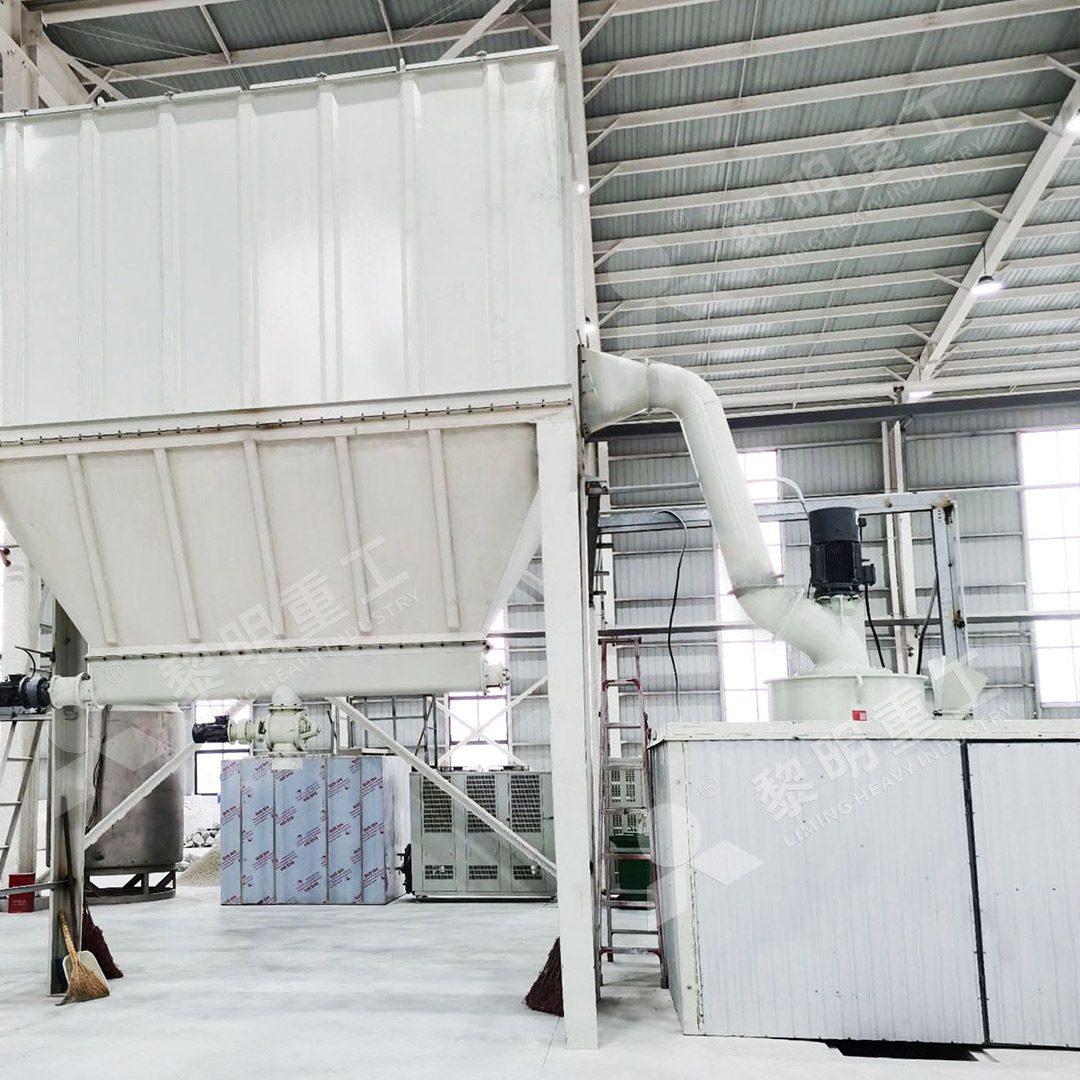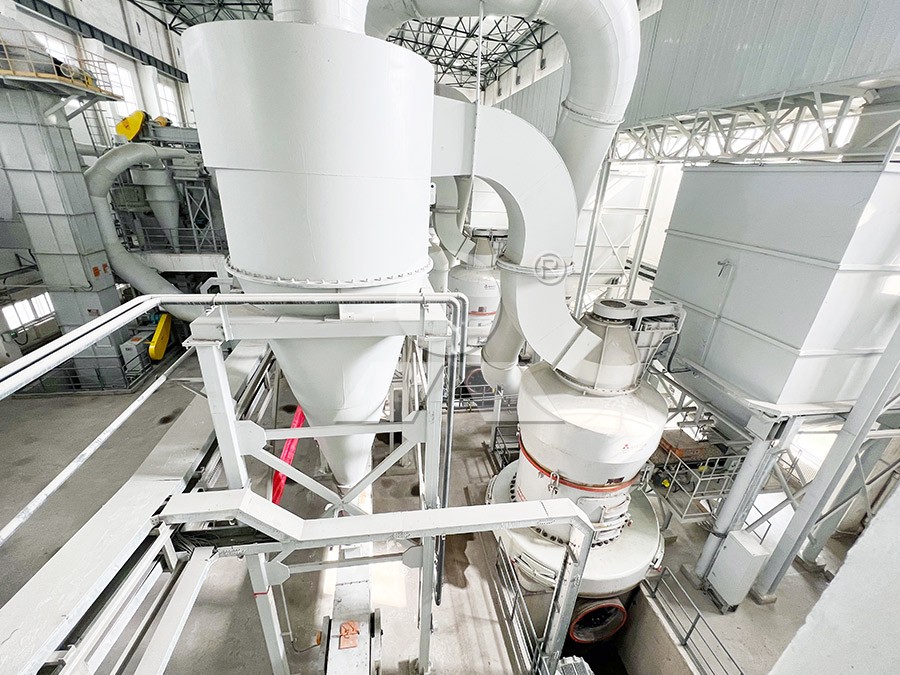Raymond Mill Application in Kaolin Processing Production Line
Unlocking Kaolin’s Potential: The Critical Role of Grinding Technology
Kaolin, commonly known as china clay, has become an indispensable industrial mineral with applications spanning paper coating, ceramics, paints, rubber, plastics, and pharmaceuticals. The transformation of raw kaolin into valuable industrial products heavily depends on efficient processing technology, particularly in the grinding phase where particle size distribution and purity are paramount. For decades, Raymond Mill technology has served as the backbone of kaolin processing operations worldwide, offering reliable performance in achieving the precise fineness requirements of various industries.

The Technical Demands of Kaolin Processing
Processing kaolin presents unique challenges that demand specialized milling solutions. The material’s natural moisture content, abrasiveness, and the need for consistent particle size distribution require equipment that can maintain stable operation while producing uniform end products. Traditional Raymond Mill systems have evolved significantly to meet these demands, incorporating advanced features that enhance efficiency while reducing operational costs.
In typical kaolin processing, the material undergoes several stages including crushing, grinding, classification, and sometimes calcination. The grinding phase is particularly critical as it determines the final product’s functional properties. For coating-grade kaolin used in paper manufacturing, fineness requirements typically range between 325 to 2500 meshes, demanding precision grinding capabilities that can consistently deliver these specifications.
Advanced Solutions for Modern Kaolin Processing
While traditional Raymond Mills continue to serve many operations effectively, the industry’s evolving demands have prompted the development of more sophisticated grinding solutions. Among these advancements, our MW Ultrafine Grinding Mill represents a significant leap forward in kaolin processing technology. Engineered specifically for ultra-fine powder production, this system handles input sizes of 0-20 mm with capacities ranging from 0.5 to 25 tph, making it ideal for various scale operations.
The MW series distinguishes itself through several innovative features that directly address kaolin processing challenges. Its newly designed grinding curves for rollers and rings enhance grinding efficiency by approximately 40% compared to conventional jet mills, while consuming only 30% of the energy. For kaolin processors, this translates to substantial operational savings without compromising product quality.

Key Technical Advantages for Kaolin Applications
What makes the MW Ultrafine Grinding Mill particularly suitable for kaolin processing is its adjustable fineness range between 325-2500 meshes, achieved through German cage-type powder selector technology. This precision control allows operators to fine-tune product specifications according to customer requirements, whether producing standard filler-grade material or specialized coating-grade products.
The mill’s unique design eliminates rolling bearings and screws within the grinding chamber, addressing common failure points in traditional systems. This feature is especially valuable in kaolin processing, where equipment downtime directly impacts production schedules and profitability. The external lubrication system enables continuous 24-hour operation, a critical capability for meeting the high-volume demands of industrial kaolin consumers.
Environmental Considerations in Modern Kaolin Processing
Contemporary mineral processing must address environmental concerns, and kaolin operations face increasing scrutiny regarding dust emissions and energy consumption. The integrated pulse dust collector in the MW Ultrafine Grinding Mill effectively contains particulate matter, while the muffler system reduces operational noise. These features ensure compliance with stringent environmental regulations while maintaining worker safety and community relations.
For operations requiring vertical grinding solutions, our LUM Ultrafine Vertical Grinding Mill offers complementary capabilities with input sizes of 0-10 mm and capacities of 5-18 tph. Its unique roller shell and lining plate grinding curve design generates material layers more effectively, improving whiteness and cleanliness – critical quality parameters for premium kaolin products.

Operational Efficiency and Maintenance Considerations
The economic viability of kaolin processing heavily depends on operational efficiency and maintenance costs. Modern grinding systems incorporate features specifically designed to address these concerns. The reversible structure of the LUM mill, for instance, allows easy access to grinding components, reducing maintenance time and associated costs. Similarly, the digital processing of core components in both MW and LUM systems ensures higher precision and longer service life.
Processor experience consistently demonstrates that proper equipment selection directly impacts profitability through reduced energy consumption, lower maintenance requirements, and consistent product quality. The integration of automated control systems further enhances operational stability, allowing kaolin processors to maintain precise control over product specifications while optimizing resource utilization.
Frequently Asked Questions
What makes kaolin processing different from other mineral grinding applications?
Kaolin requires precise control over particle size distribution and careful handling to maintain its chemical purity and brightness. The platy structure of kaolin particles must be preserved during grinding to maintain their functional properties in end-use applications.
How does the MW Ultrafine Grinding Mill achieve higher energy efficiency compared to traditional systems?
The MW series incorporates optimized grinding curves and advanced powder separation technology that reduces energy consumption by up to 30-50% compared to conventional mills, while maintaining or improving throughput rates.
What fineness range can be achieved with modern kaolin grinding equipment?
Advanced systems like the MW Ultrafine Grinding Mill can produce kaolin powders ranging from 325 to 2500 meshes, with the capability to precisely control the particle size distribution to meet specific application requirements.
How important is environmental compliance in kaolin processing operations?
Environmental considerations are critical, as kaolin processing generates fine dust that must be contained. Modern mills integrate efficient dust collection systems and noise reduction features to meet international environmental standards.
What maintenance advantages do contemporary kaolin grinding mills offer?
Systems like the MW and LUM mills feature designs that eliminate common failure points, provide external access to lubrication systems, and incorporate reversible structures that significantly reduce maintenance time and costs.
